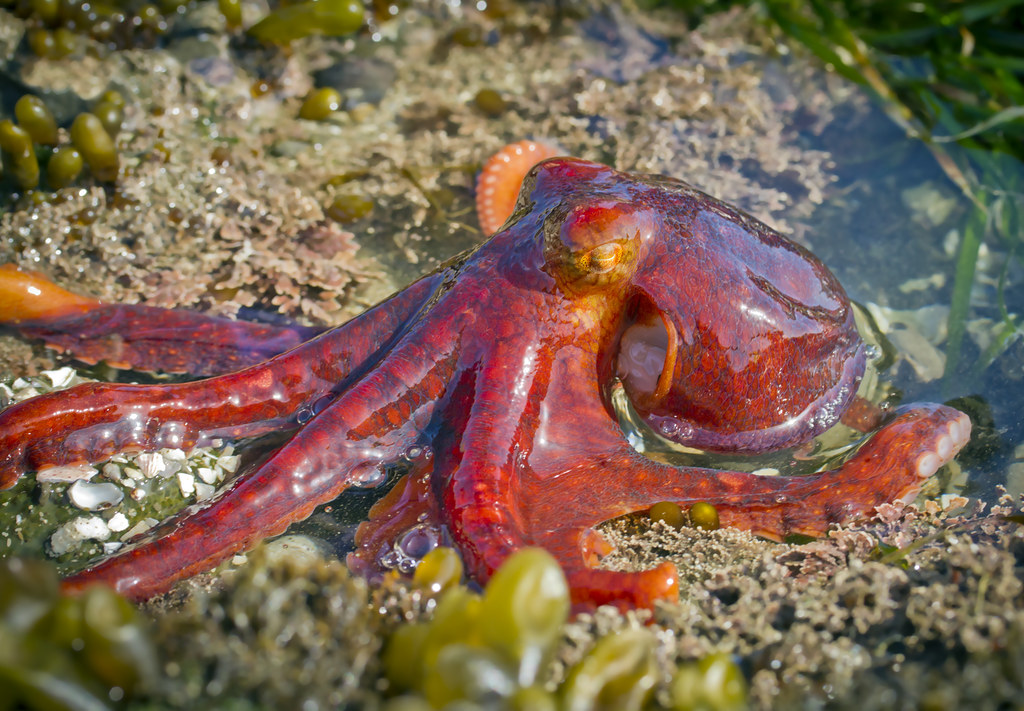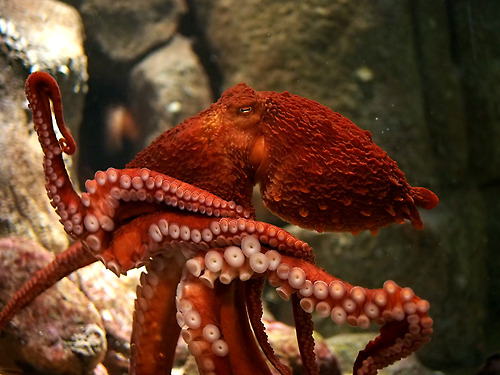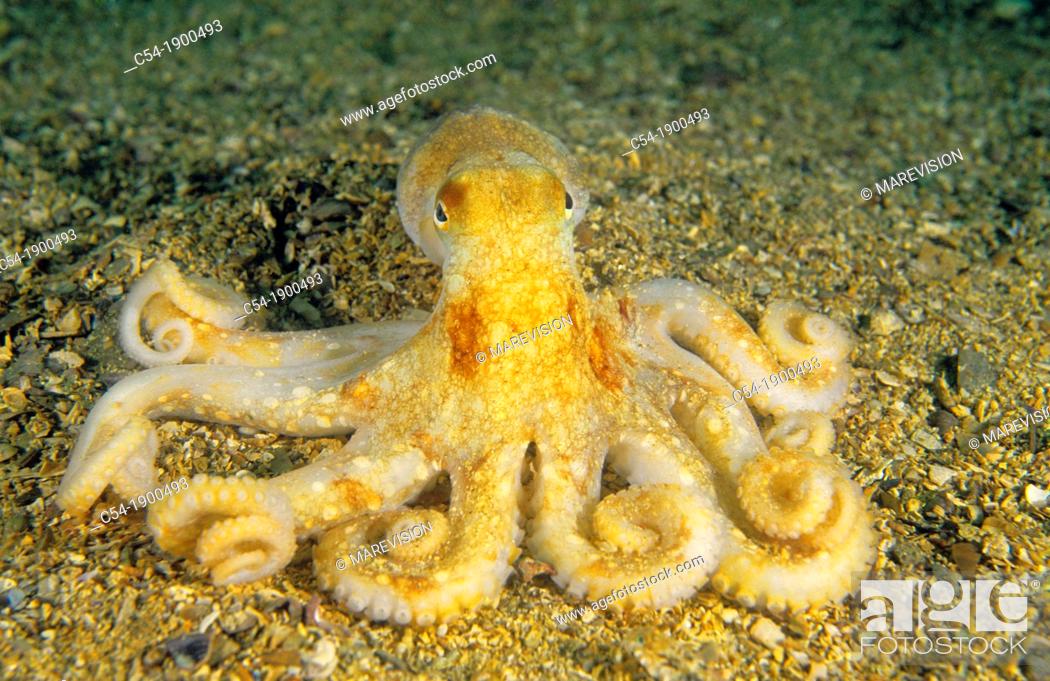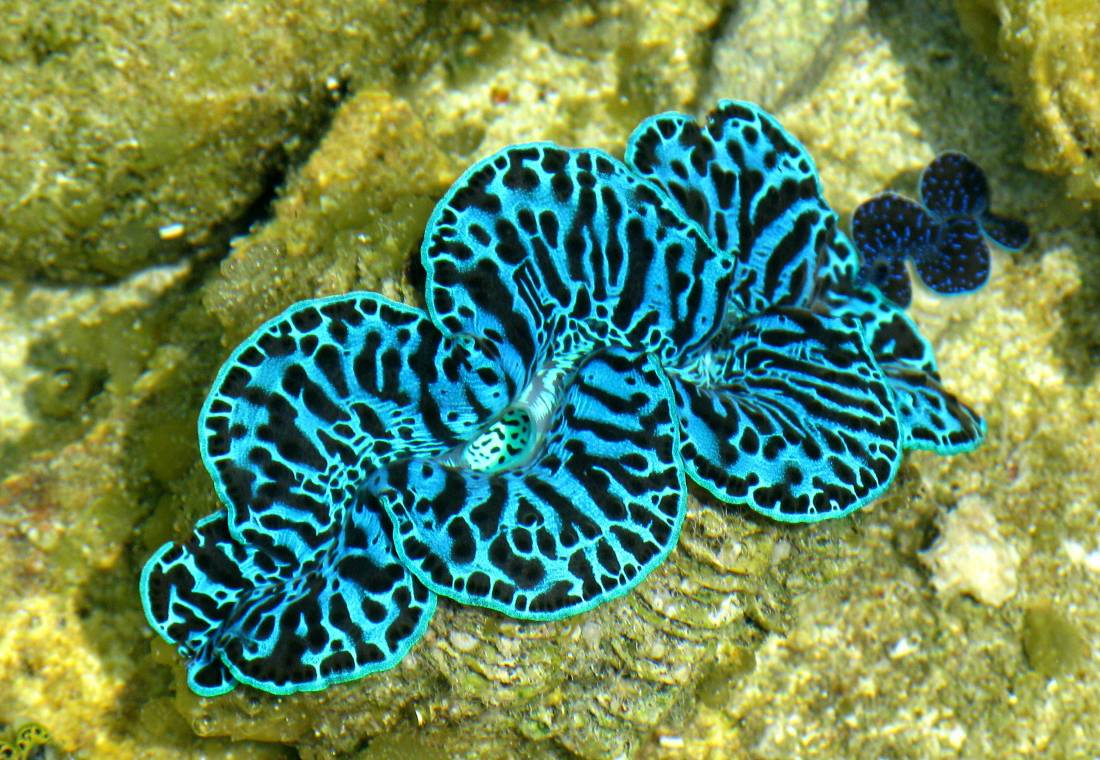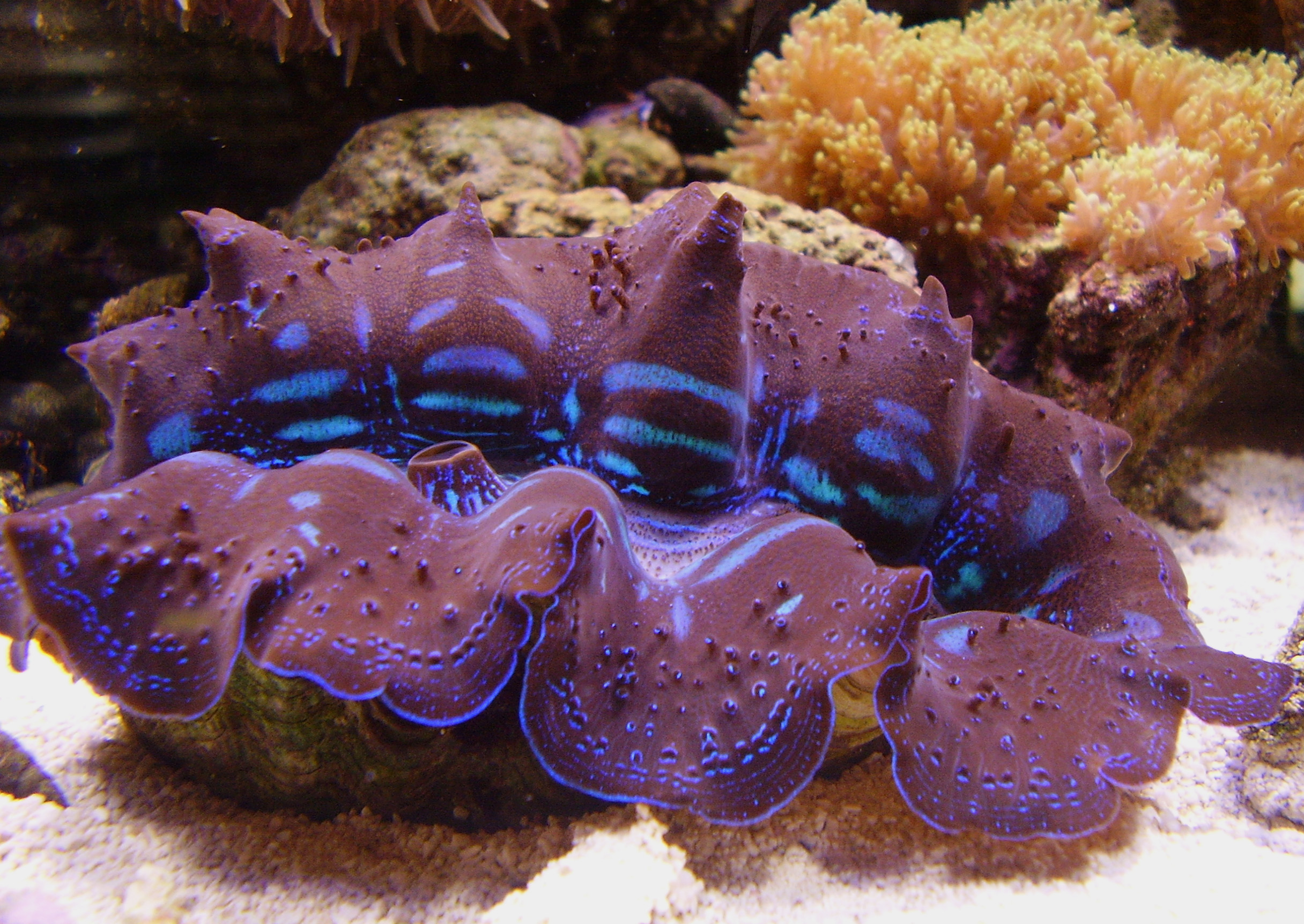Family Octopodidae
- Bathypolypus arcticus
Eneteroctopus dofleini, Giant Pacific Octopus
Octopus briareus, Caribbean reef octopus
Octopus insularis
Octopus macropus (jpg)
Octopus mototi
Octopus vulgaris, Common octopus
Octopus rubescens, Red octopus
Octopus salutii
Hapalochlaena lunulata, a Blue ringed octopus
Bathypolypus arcticus, hidup di kedalaman 200-600 di samudera Atlantik. Gurita ini sangat kecil dengan berat dewasa hanya mencapai 45 gram. Lebih kecil dari tangan kita. Gurita yang hidup di laut dalam tidak memiliki tinta, memiliki jumlah telur yang tidak banyak. Gurita betinanya menjaga telurnya selama 400 hari sampai menetas, dan selama itu gurita ini tidak makan dan menghabiskan energi dari tubuh mereka sendiri untuk menjaga telurnya. Dan mereka memiliki hidup yang lebih panjang dari pada gurita yang hidup di perairan dangkal. Rata2 berumur 3 tahun sedangkan gurita di perairan dangkal hanya setahun


Eneteroctopus dofleini, Giant Pacific Octopus, di temukan di Samudera Pasifik. Yang dewasa di temukan dengan berat 10-15kg, walaupun ada beberapa jenis di temukan dengn berat 272kg dengan lebar 10m. Berumur 3-5 tahun dengan temperatur 10°C. Betina bisa bertelur ratusan bahkan ribuan telur, yang mereka jaga selama 6 bulan hingga mati..

Octopus briareus, Caribbean reef octopus, Gurita merupakan hewan nokturnal. Betina bisa bertelur hingga 500 butir selama bulan Januari
Octopus insularis
Octopus macropus
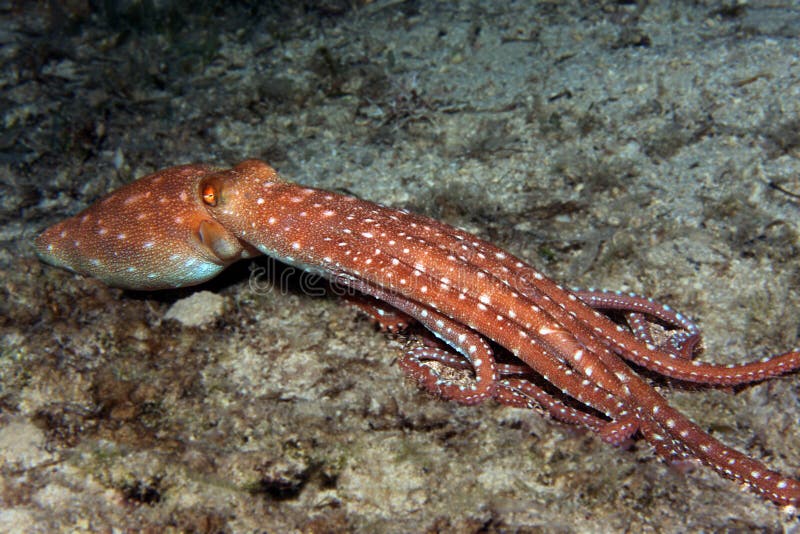

Octopus mototi – Kleptopus adalah gurita beracun yang suka bersembunyi di dalam cangkang kerang. Habitat mereka biasanya di pasir vulkanik yang berwarna hitam di kedalaman 12m dan jauh dari terumbu karang. Bisa berubah warna.
/vidio-media-production/uploads/77644/images/introducing-kleptopus-the-shell-stealing-veined-octopus-98da-640x360-00005.jpg)
Octopus vulgaris, Common octopus di temukan di perairan tropis atau semi tropis di kedalaman 200m. Paling sering di tangkap nelayan dan di jadikan kuliner. Berumur 12-18 bulan. Bisa bertelur 100rb – 500rb butir. Aktif di siang hari dan pintar berkamuflase
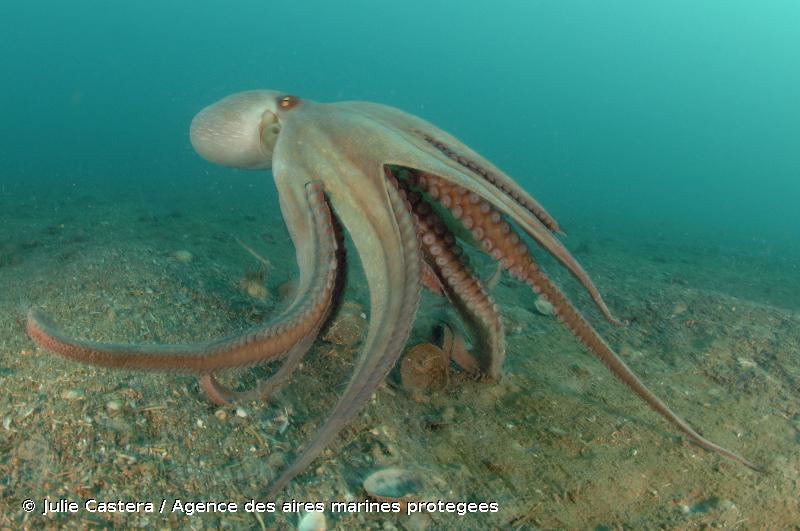
Octopus rubescens – Red octopuses gurita kecil pemakan plankton.

Octopus salutii Memiliki tentankel yang panjang dan bisa menghasilkan 2rb-4rb telur.
Hapalochlaena lunulata, a Blue ringed octopus sangat beracun, bertelur 60-100 butir telur dan kecil

Coconut octopus – veined octopus, Habitat di dasar laut berpasir

Seekor gurita yang lagi menjaga anaknya
Octopus tetricus Gloomy Octopus
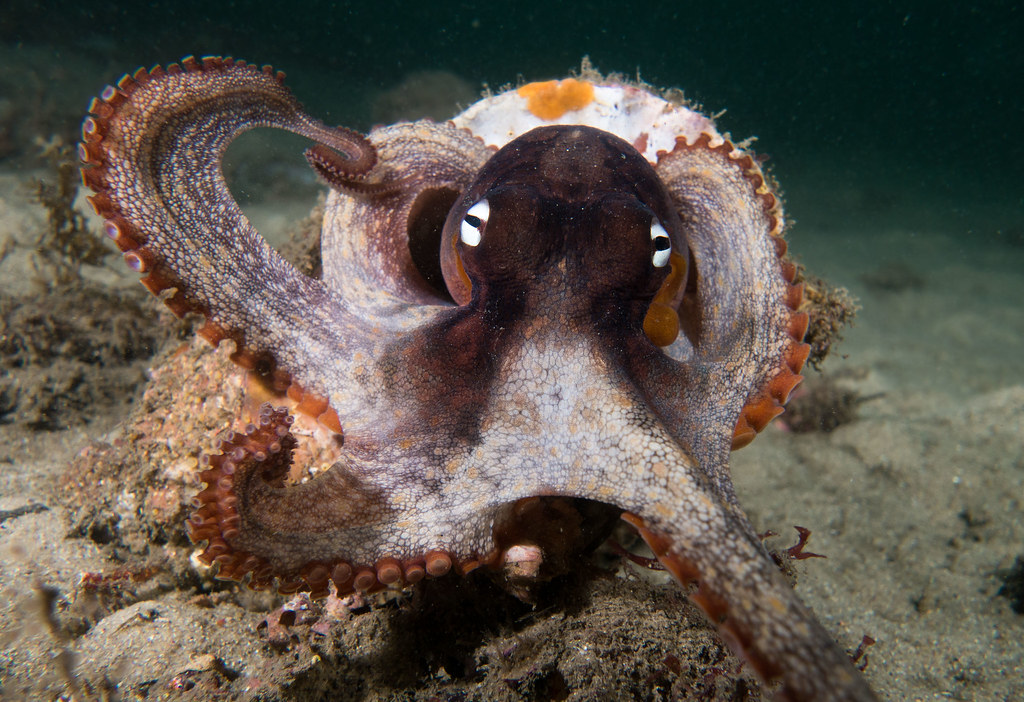
Sepioloidea lineolata, the Striped pyjama squid




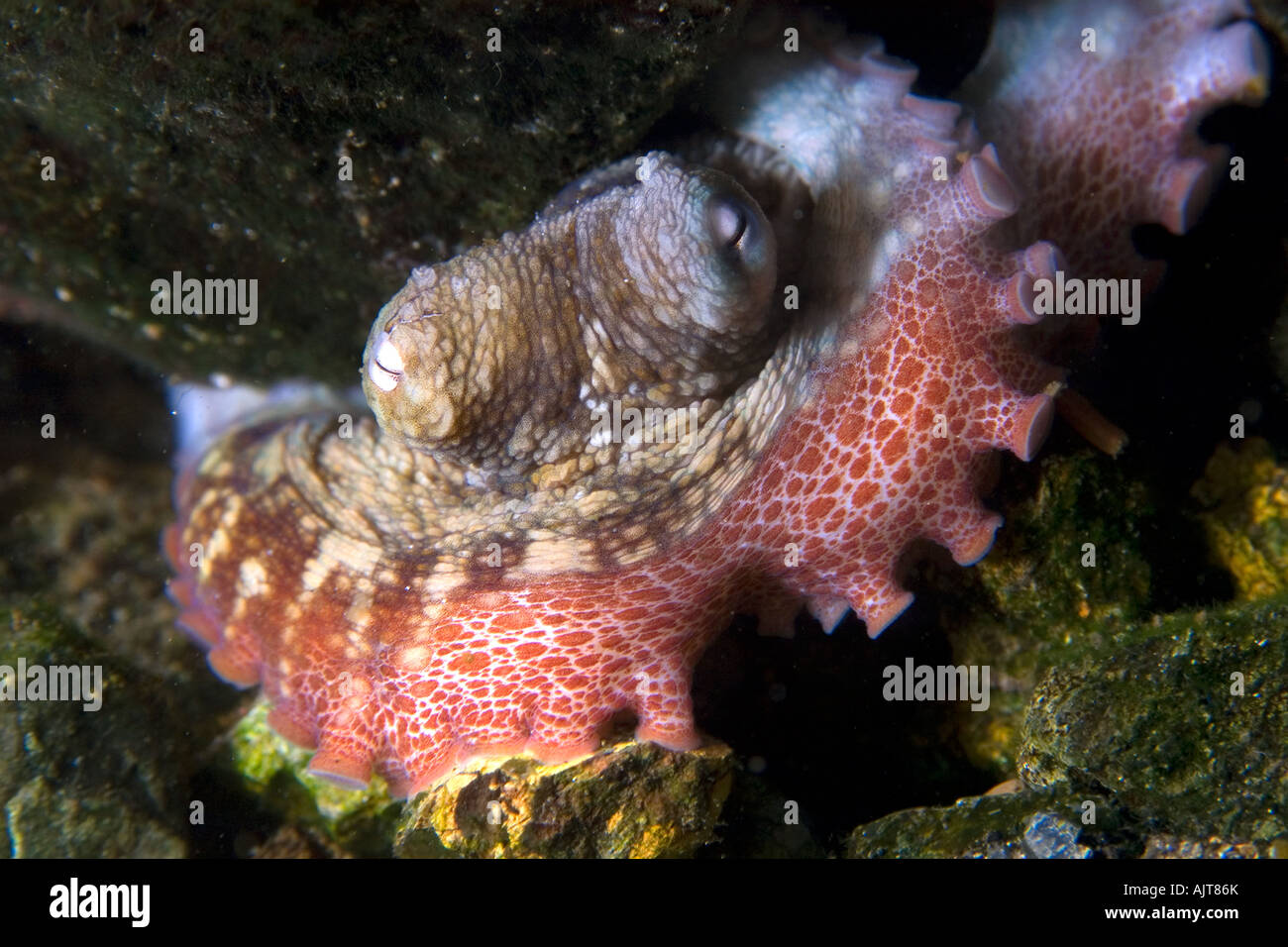




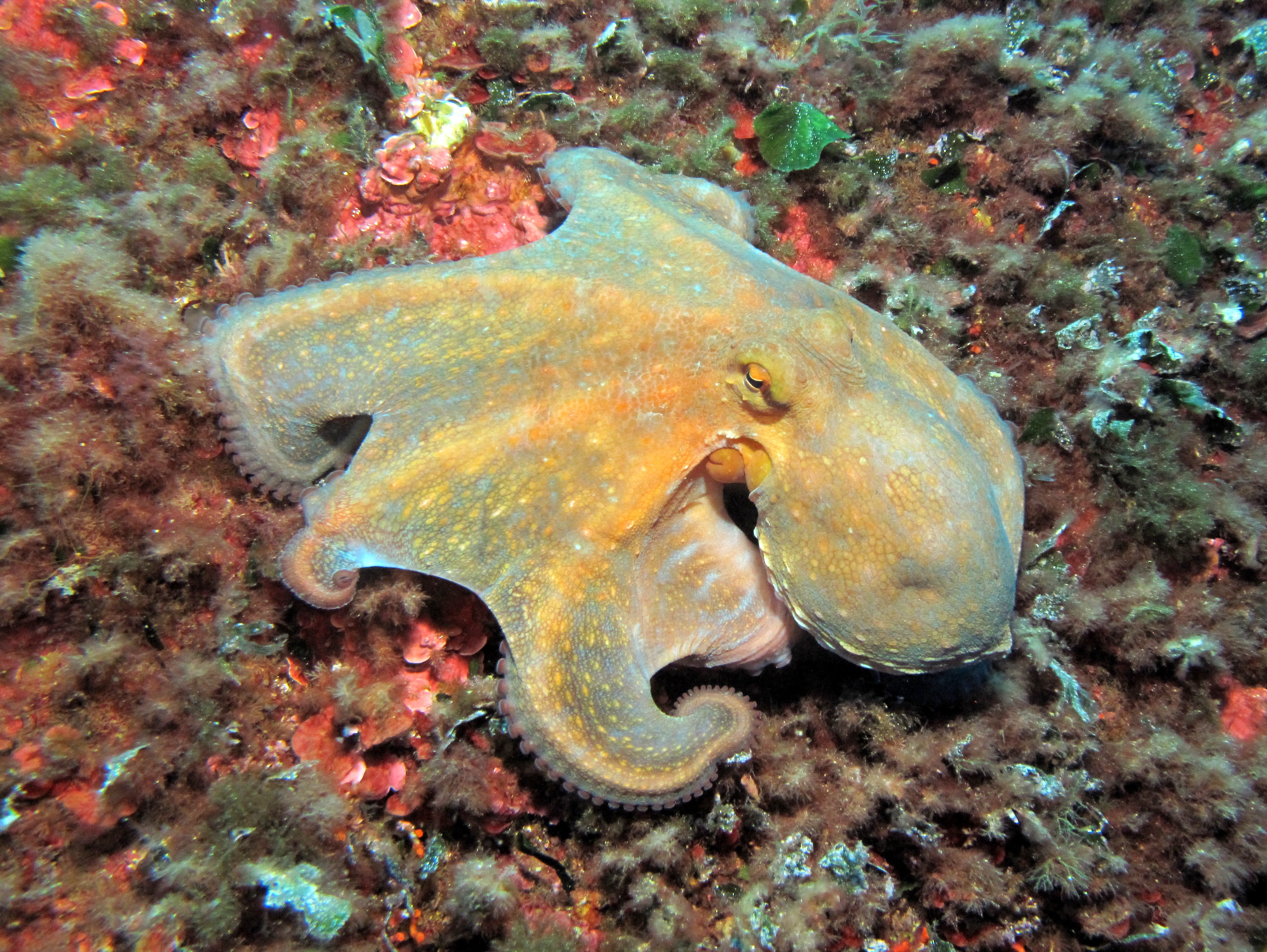
/https%3A%2F%2Fblueprint-api-production.s3.amazonaws.com%2Fuploads%2Fcard%2Fimage%2F660045%2F3e1d155c-e25a-4f4b-beb7-c0a70a35e75a.jpg)
